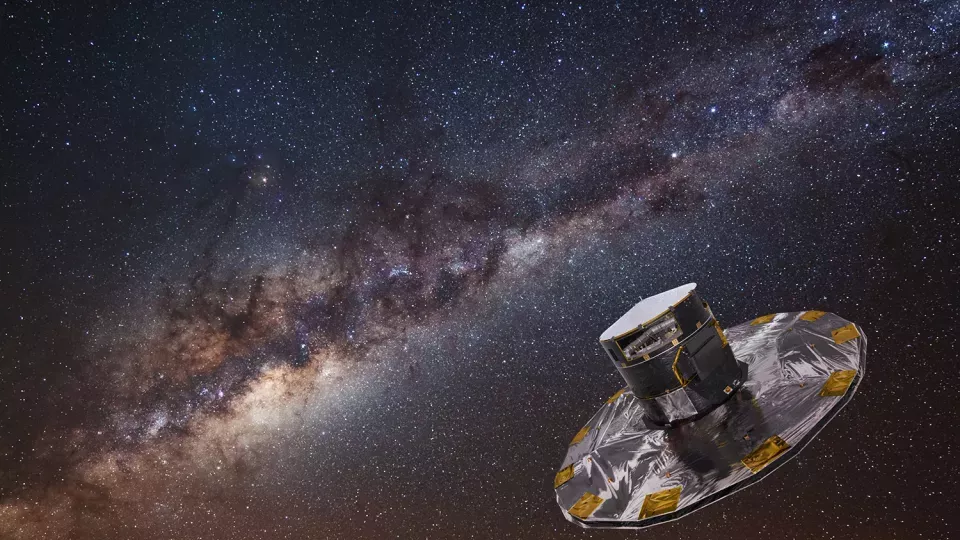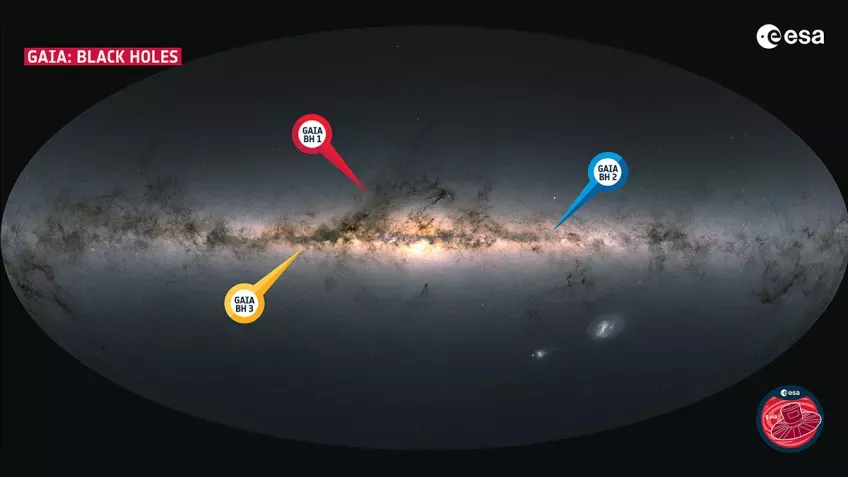Can you tell us what you have found?
"We have found a stellar black hole, that is, a black hole formed when a heavy star at the end of its life collapsed under its own weight. There are about a dozen other known stellar black holes, but this one is particularly interesting because it is by far the heaviest so far, is relatively close to us, and is surrounded by a very old star."
How big is the hole?
"In a sense, black holes have no size, as they are singularities, points, in spacetime. In the case of black holes, it's the mass that counts. This hole has about 33 times the mass of our Sun, giving it an event horizon with a radius of 100 kilometres. Within this distance from the singularity, no light or information can escape."
How was the discovery made?
"Stellar black holes, by definition, cannot be 'seen' but must be detected by indirect methods. The most common is the intense X-ray emission that occurs just beyond the event horizon if gas from another star falls in towards the black hole, for example from another star orbiting close to the black hole. Gaia BH3 has no discernible X-ray emission but was instead detected by the unusual orbit of its companion, a star slightly smaller than the Sun. Since 2014, the Gaia satellite has observed almost two billion stars and mapped their movements with great accuracy. It was during a preliminary survey of these motions that Gaia BH3 was discovered."
What role have you played in the work?
"I haven't really played any role in the discovery itself, but I and colleagues here in Lund have been working for a long time on developing the measurement methods that have made the discovery possible."
In-depth information
Read about the black hole on the European Space Agency website.




